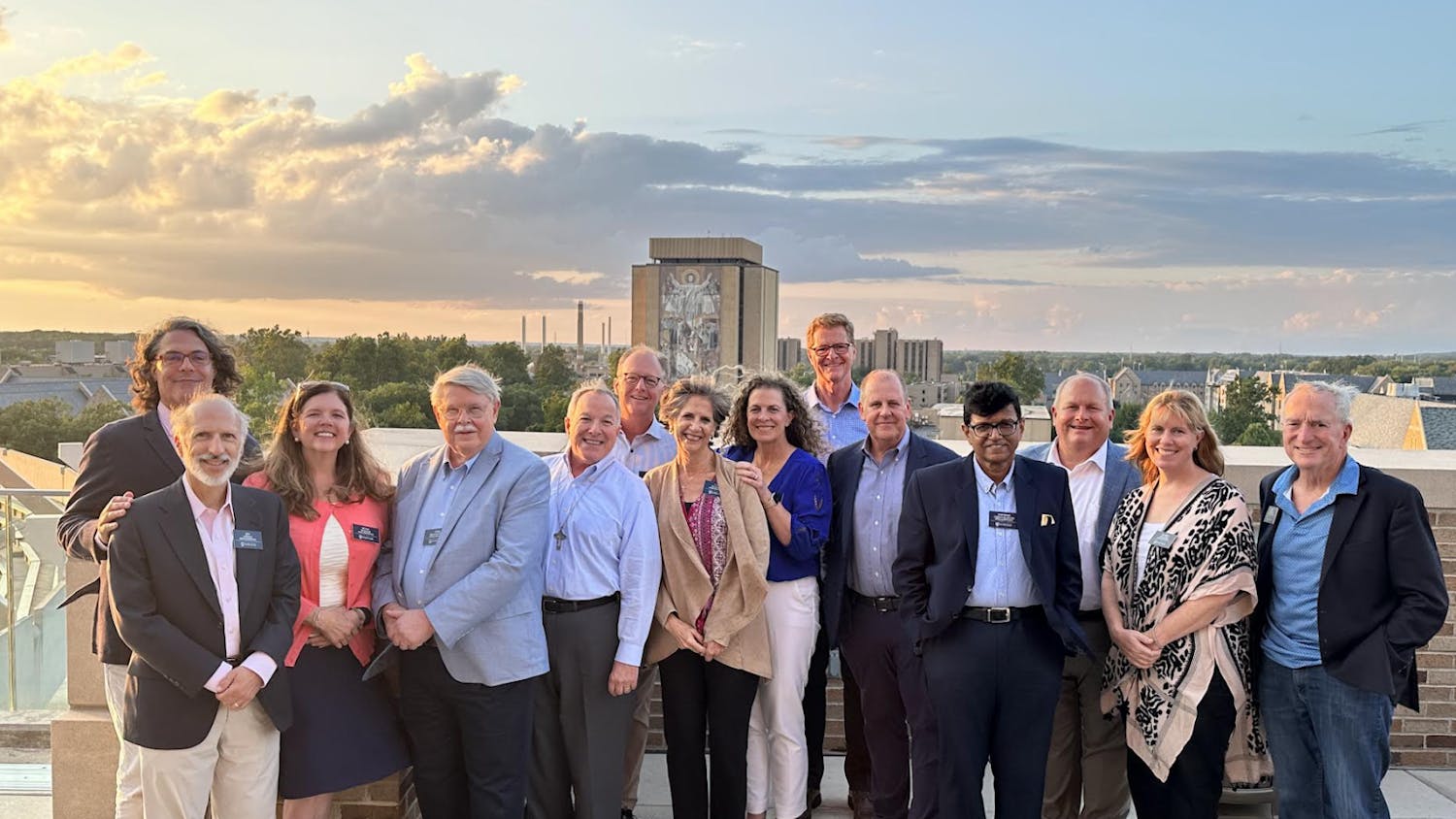Exposing young children to art is about more than having something to hang on the fridge, Saint Mary's art professor Kelly Harrington said.

Harrington was recently interviewed in the March issue of "Arts Everywhere" magazine article "Early StARTS: Preschoolers reap benefits from early exposure to the Arts."
In the article, Harrington, an adjunct lecturer and licensed K-12 art specialist, discusses the role of early exposure to art in overall brain development, calling it "absolutely vital" to holistic education.
Harrington says preschool-aged children appreciate art despite their limited ability to clearly articulate their thoughts about it.

"[Young children] enjoy looking at works of art, but discussion should be kept to simple questions like ‘What do you see?' and ‘Can you find something red?'" she said. "[These questions] can engage young children and stimulate higher order thinking skills which can, in turn, lead to creative problem-solving."
While Harrington has not done research specifically on the subject of early art education, she speaks from personal experience working with this age group while developing art classes for Saint Mary's.
"In general, preschoolers are at what is called the manipulative stage, the first of three stages of graphic representation that most children progress through," she said. "They are mostly interested in mark-making and experiencing various tactile qualities be it clay, paint, et cetera."
Harrington said young students should be encouraged to create art because it allows them a unique opportunity for free expression,
"Children at this age are attracted to art-making because it is something they can control in their environment," she said. "Children at this age should have exposure to and exploration of various media without focus on a predetermined solution."
Harrington said many of her students at Saint Mary's intend on teaching art. She says this work is important because of the greater impact art education has on childhood development and long-term success.
"The more preschool students are allowed to explore and make marks, the greater their visual vocabulary becomes, an increasingly important skill in our 21st century visual culture."












